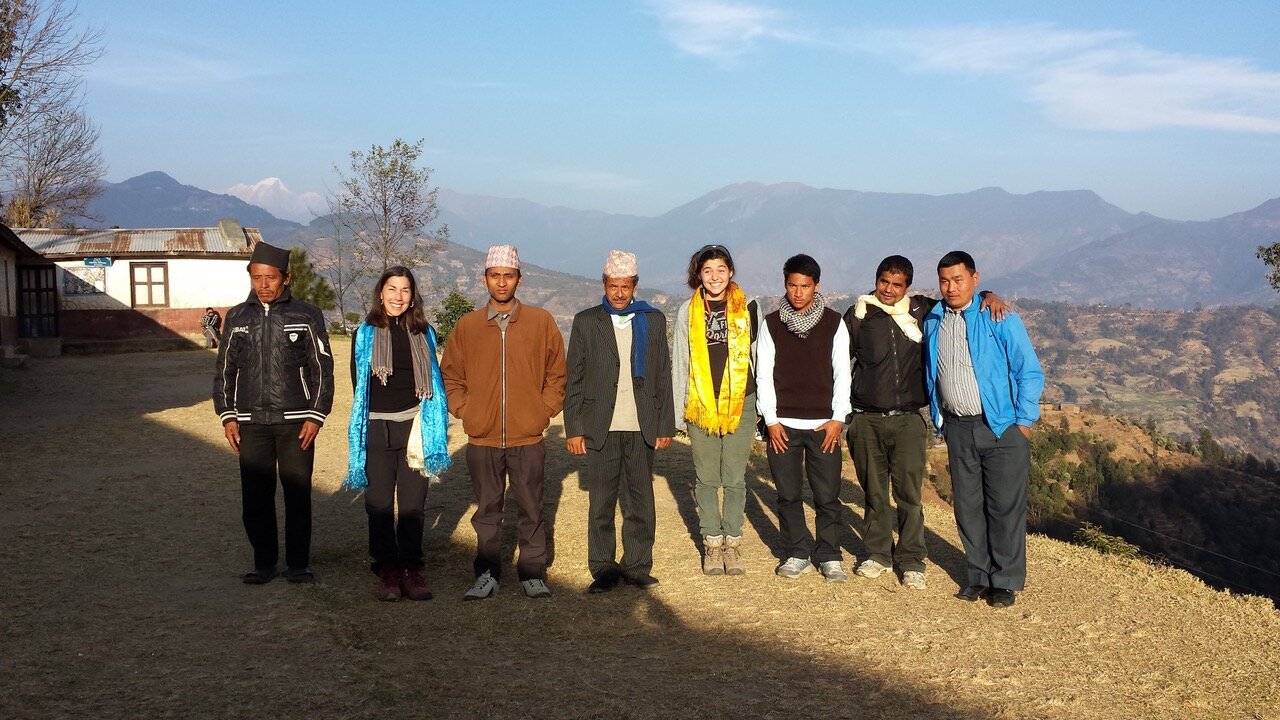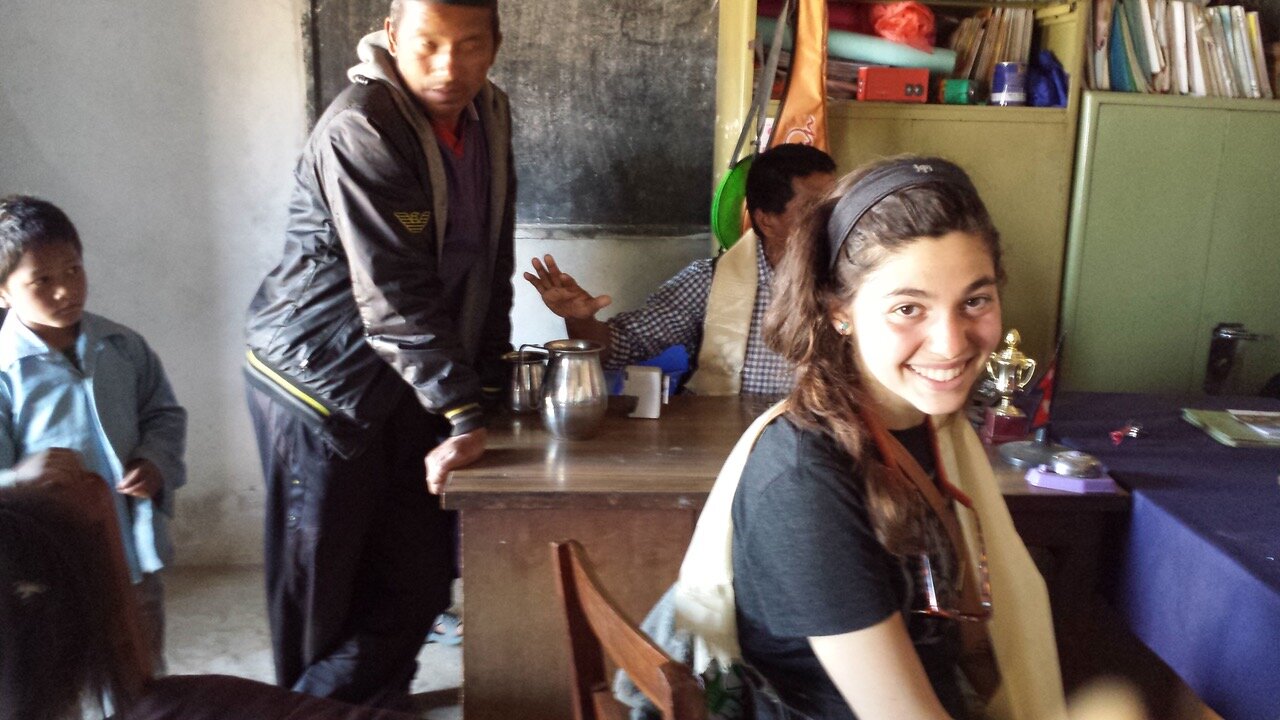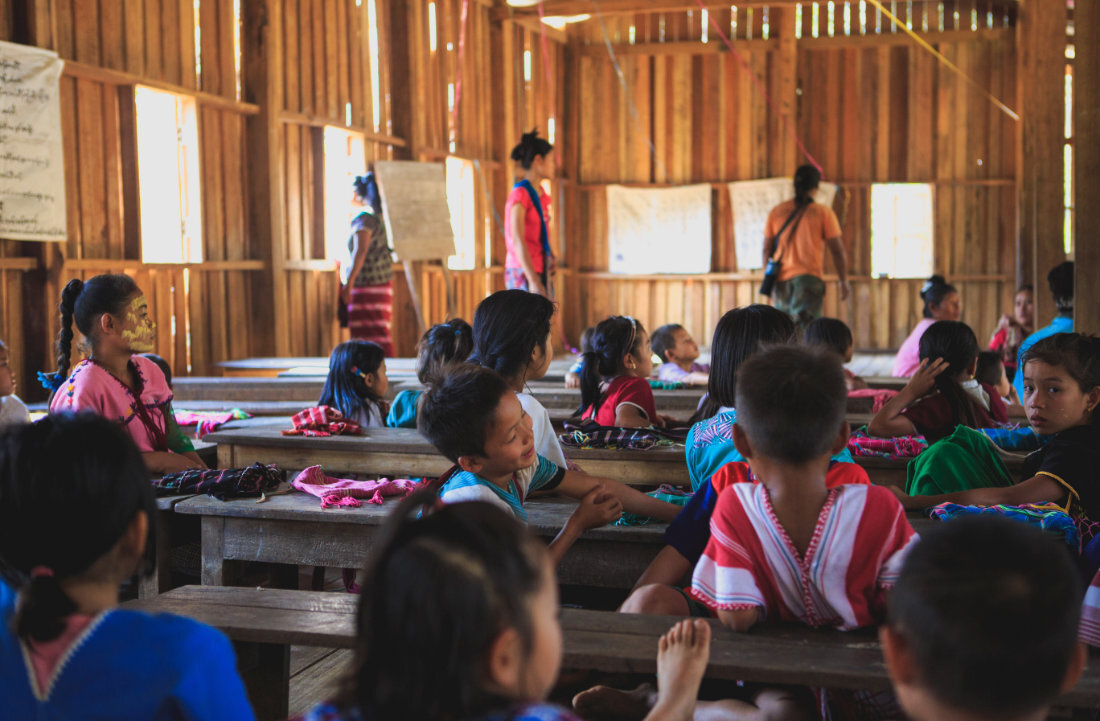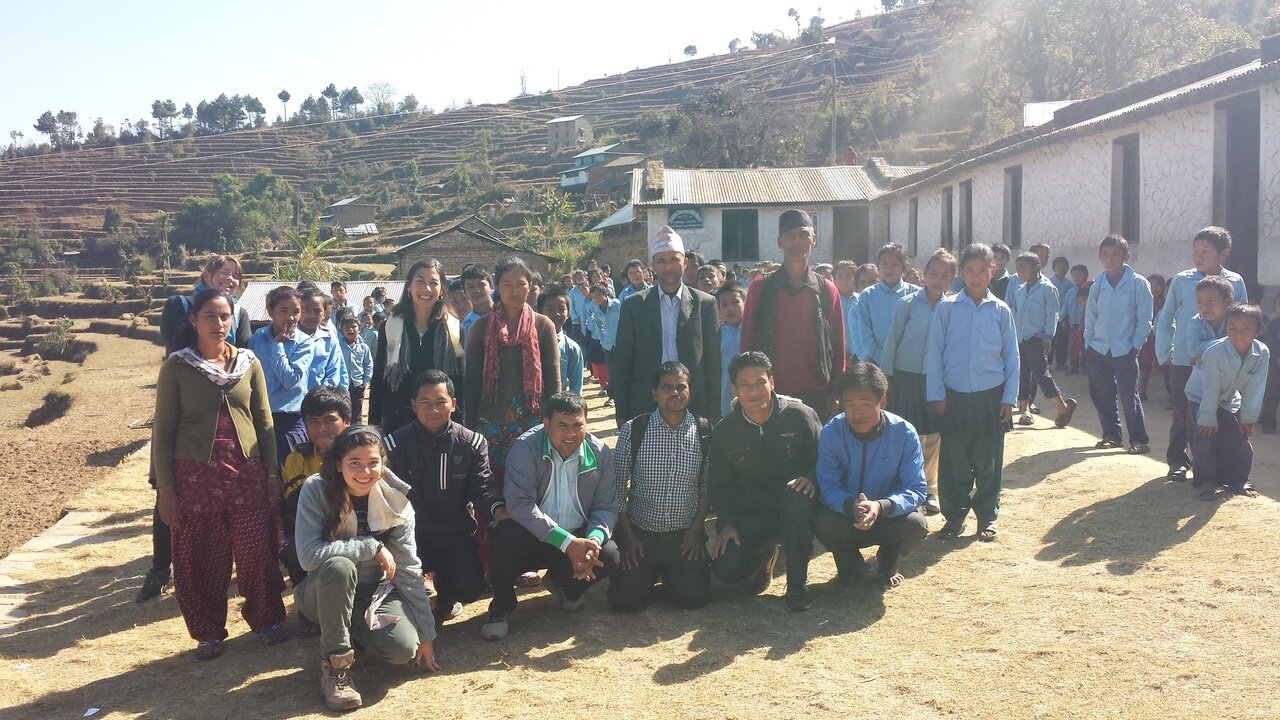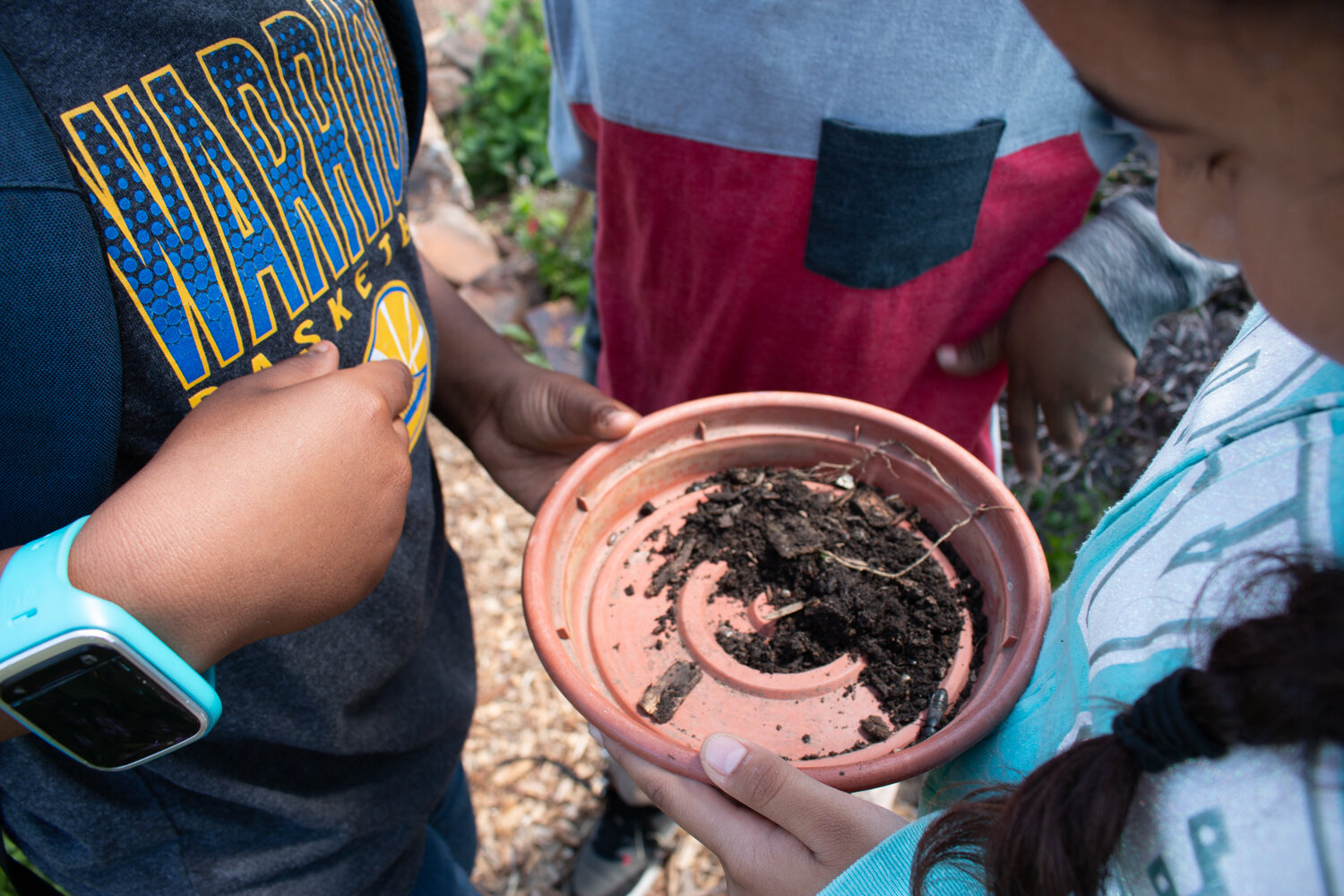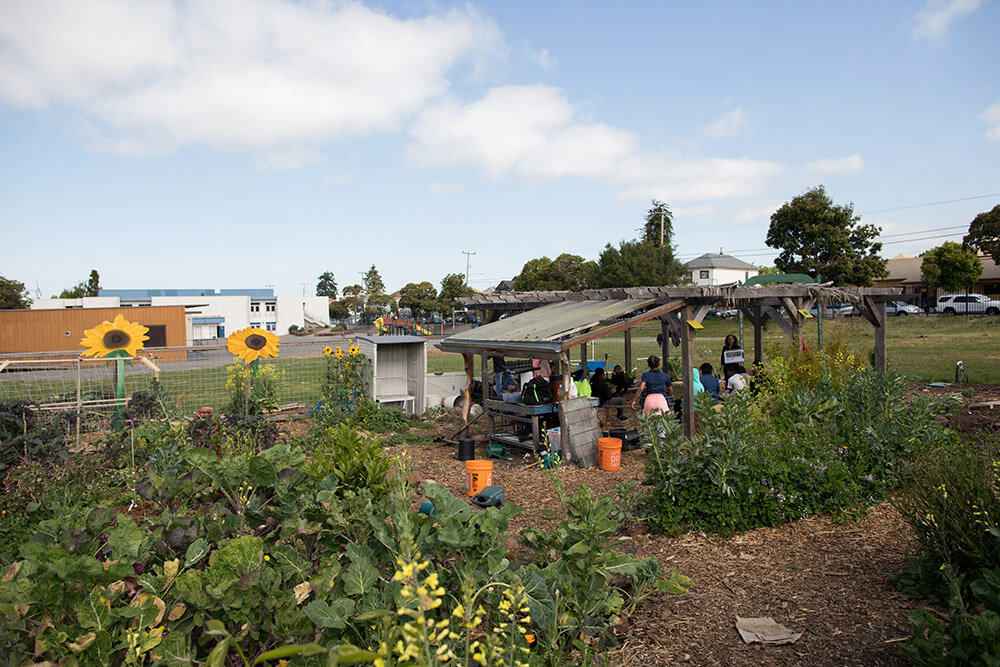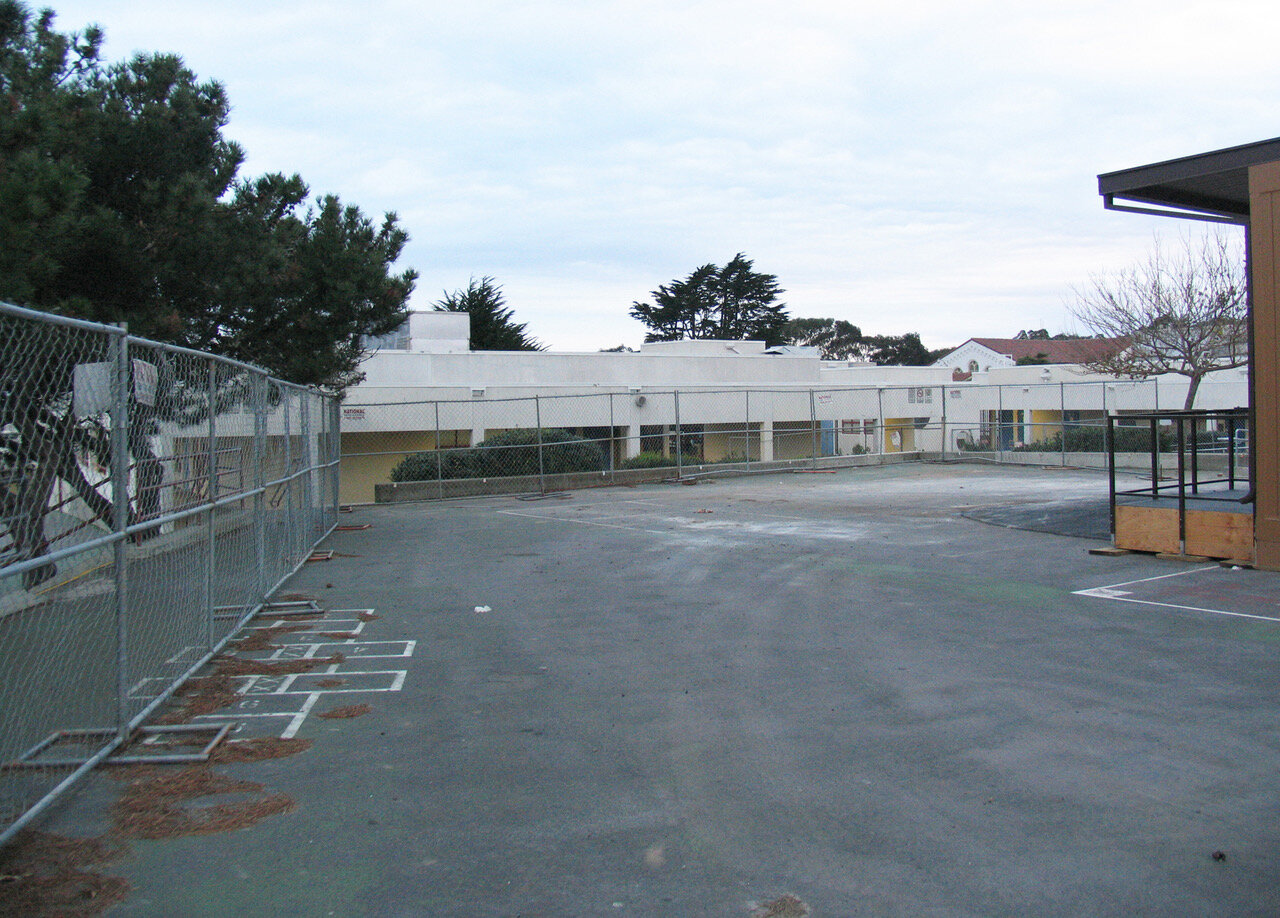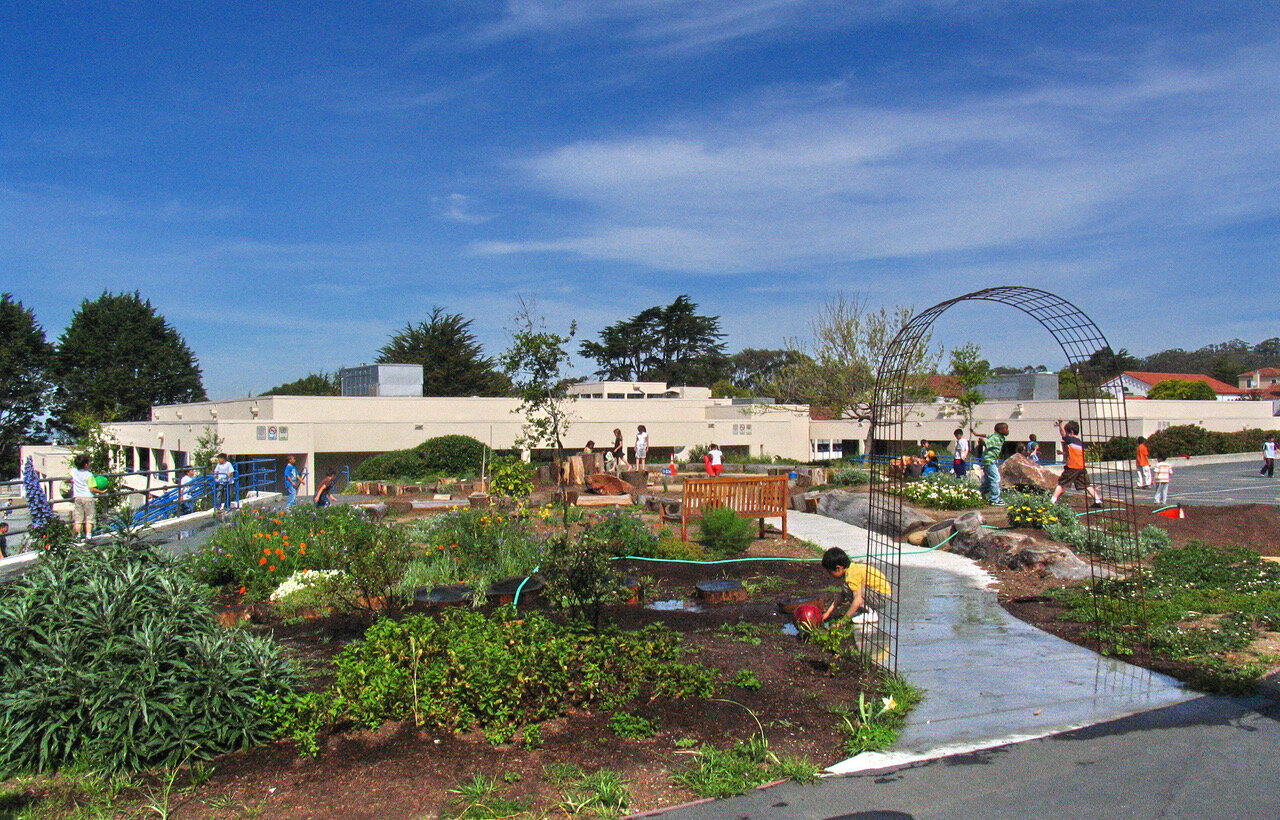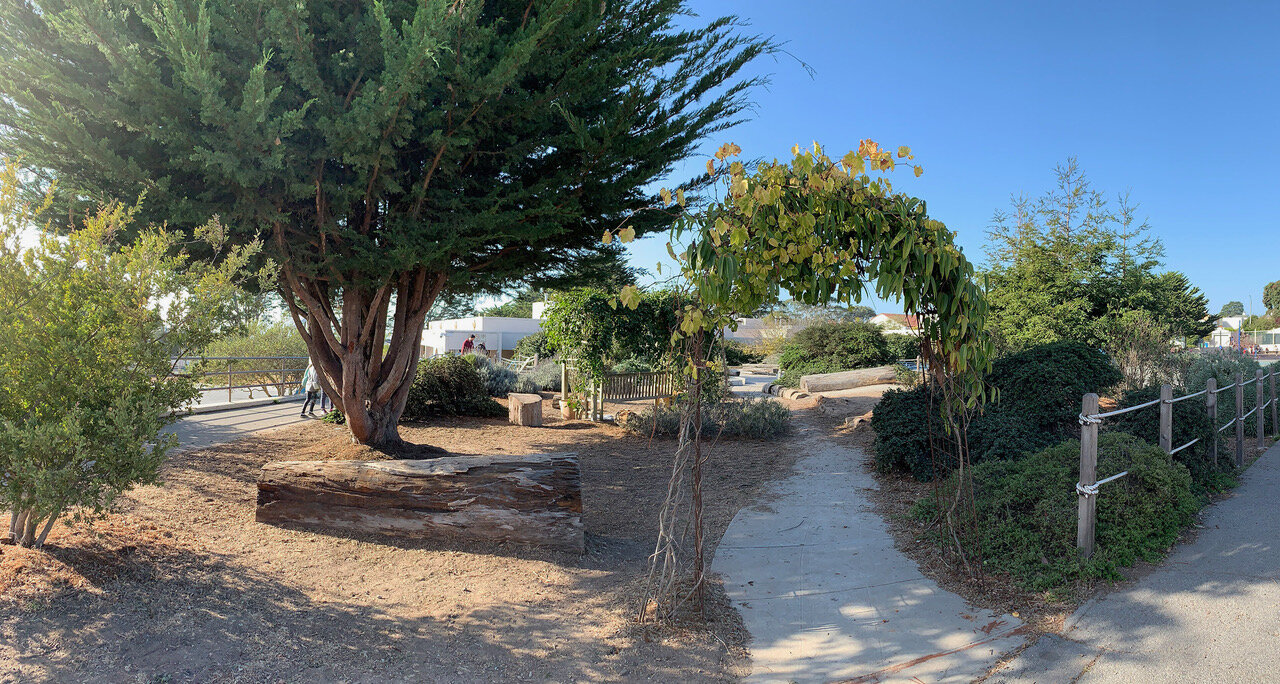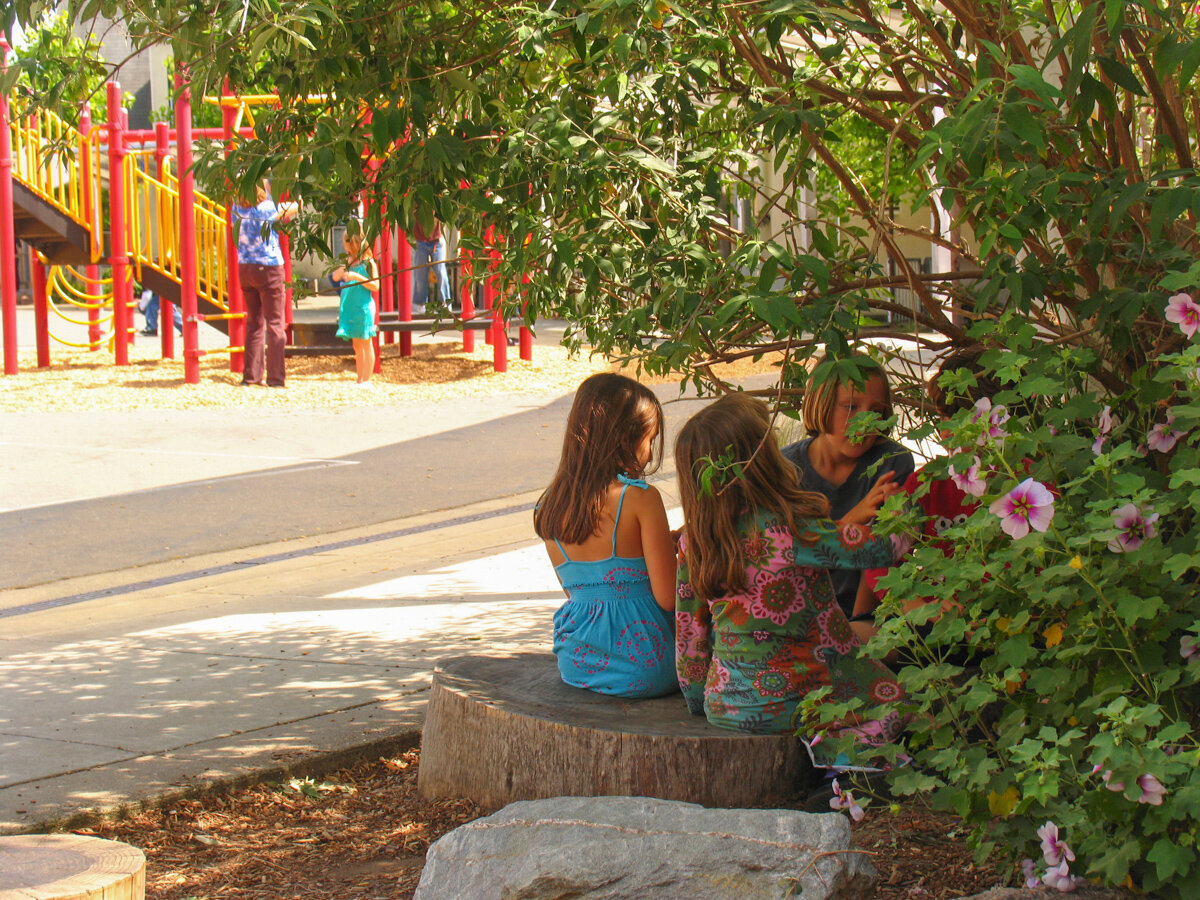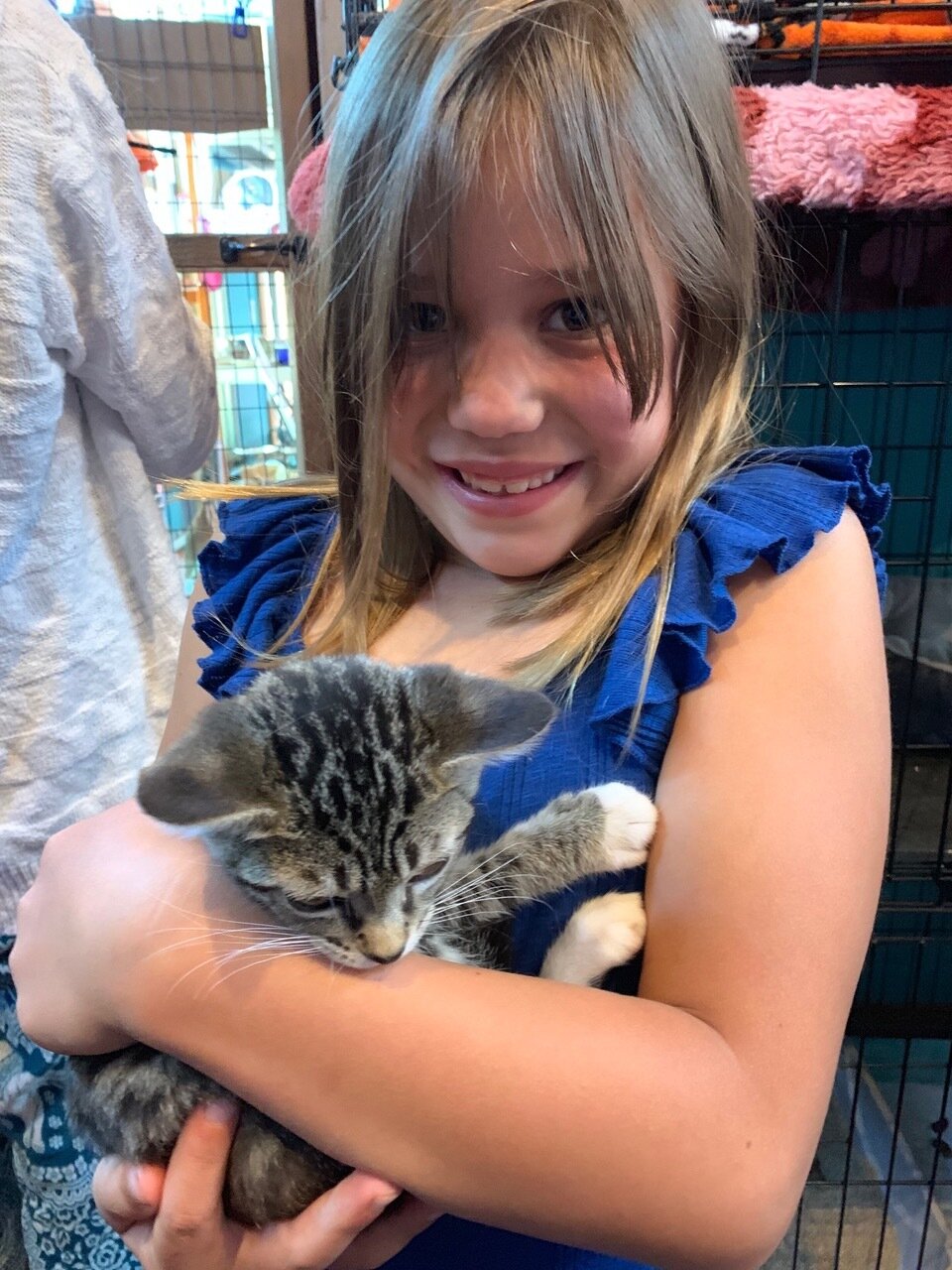Philanthropy is second nature for some donors. They’ve been giving for so long it’s almost like breathing. That’s the case for a donor we’ll call Ben.
Ever since he can remember, Ben has been drawn to helping others—first as a youngster collecting donations for UNICEF at Halloween, then as an adult volunteering and donating to social causes. Ben’s lifelong practice is rooted in the Jewish traditions of tzedakah and tikkun olam, where giving isn’t just an occasional activity but a moral obligation to make the world a better and more just place.
Today, after completing a successful career leading and managing multiple companies profitably, Ben is as dedicated as ever to fulfilling that mission. In this third stage of life, he has carved out time and made an active and structured commitment to philanthropy as a retiree.
TIP:
Consult with your accountant when you’re thinking of giving to a charitable foundation. Converting stocks so the funds can be directed to a legal entity like a foundation might be achieved while avoiding a capital gains taxes. You could properly ensure that more of your contribution would be directed towards the foundation’s effort.
In this new role, Ben is a hands-on player in his giving plan with clear ideas about where and when to donate and how to make it all possible. After talking with his accountant, for example, the two decided that it made sense for Ben to set up a legal entity known as a foundation, funded by the transfer of an allotment of appreciated stock.
The arrangement has several benefits: By moving a block of appreciated stock to fund the charitable foundation, Ben avoided capital gains taxes, which he would have incurred had he sold the stock instead and used the proceeds for charitable purposes.
Since he did not pay the capital gains tax—in his case 20%—the full value of the stock was preserved and those funds are now available to be given out to society. In addition, Ben was able to take a deduction in the current year of the transaction.
The foundation has given Ben financial peace of mind and added meaning to his giving. He is in control of his contributions and stays involved with the recipient organizations, whose missions align with his desire to improve people’s lives. Ben imagines he will continue to top up the foundation’s funds with more transfers of the same stock in the coming years.
Thanks to the foundation, Ben is deriving greater joy and satisfaction from his philanthropy. His giving is organized. He’s able to give more regularly. And his values are driving his choices.
Here’s a look at the social issues and organizations that have captured Ben’s attention:
Education: Ben donates money and time to mentoring and coaching small business owners. He’s using his skill set as a business leader to help entrepreneurs avoid the common mistakes of running a business, which can lead to unnecessary expenses and possibly failure.
Health care: Ben belongs to a cardiac rehabilitation group focused on longevity. After having major heart surgery, Ben took stock of how to improve his behaviors to increase his well-being. He now wants to make sure more of us know what’s working to help people feel more energy and be healthier longer.
Disaster relief: In the wake of the devastating fires on Maui, Ben gave to the Maui Strong Fund, which is directly helping on the island. Ben liked that 100 percent of the donations go to community needs.
The arts: Ben’s love of music and other disciplines has shaped his giving. He supports various nonprofit arts organizations.
In retrospect, it’s easy for me to understand how Ben got excited about starting a foundation and learning how to make it work for his grantees. The structure offers so much potential—for Ben personally and for the recipients.
Already, Ben is exploring how he might expand education grants to include individuals who could receive scholarships. And for the arts, he is considering doing some firsthand research about museums, coordinating visits with directors to gain a better understanding of the institutions.
The world is truly Ben’s oyster. He’s anything but retired!
What about your world? Have you wondered how you could be having more fun with your giving? Let’s talk about it.









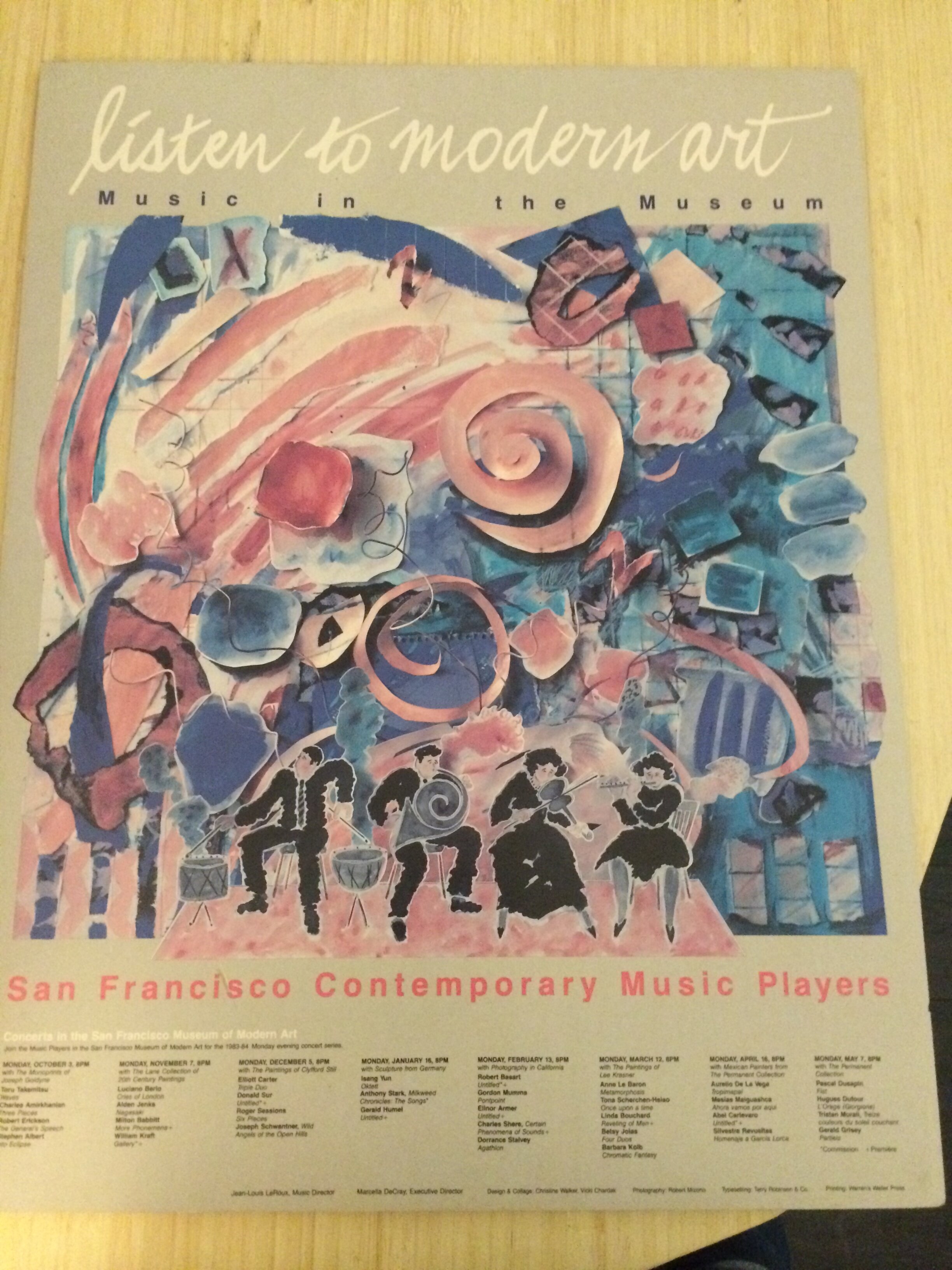
![“The Ice is Talking,” Haruka Fujii, percussionist playing on blocks of ice. [Photo by Stephen B. Hahn]](https://images.squarespace-cdn.com/content/v1/5acb24208ab7228929253160/1582666694759-RPB0A818WDO11BH3B3ZB/Haruka+Fujii_cr+Stephen+B.+Hahn_2019-12-08_The+Ice+is+Talking-B+%281%29.jpg)
![“How Music is Made with Myra Melford,” Eric Dudley and Pianist, Composer Myra Melford, on stage at SF Jazz Center. [Photo by Stephen B. Hahn]](https://images.squarespace-cdn.com/content/v1/5acb24208ab7228929253160/1582666257024-0HSDKP02721VLFXCGNTV/cr+Stephen+B.+Hahn_2019-05-11_How+Music+is+Made+with+Eric+Dudley+and+Myra+Melford_04+%281%29.jpg)
